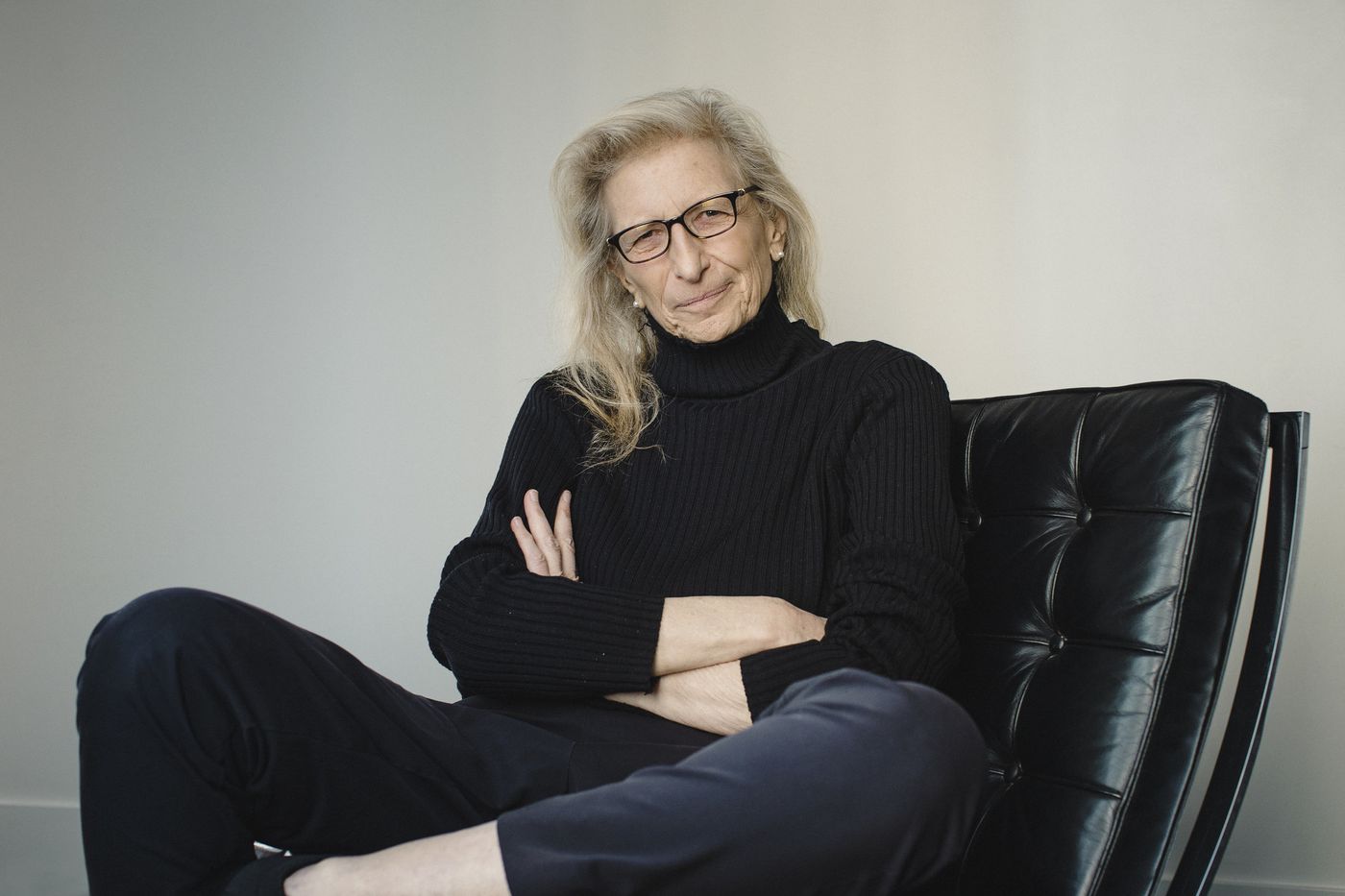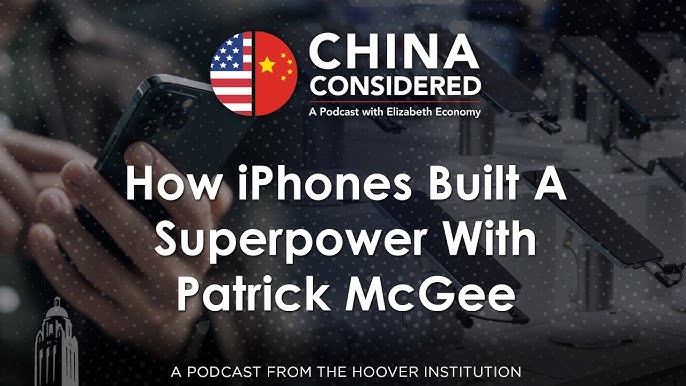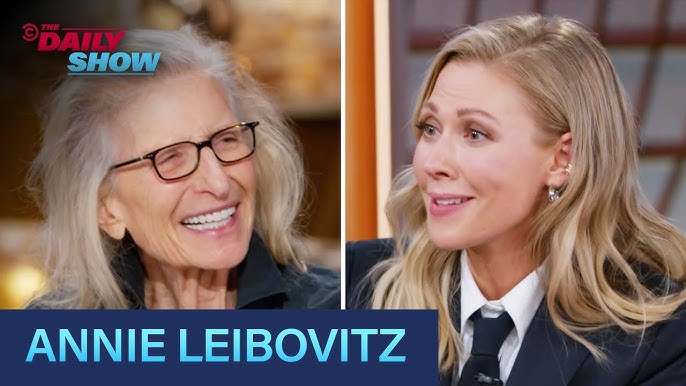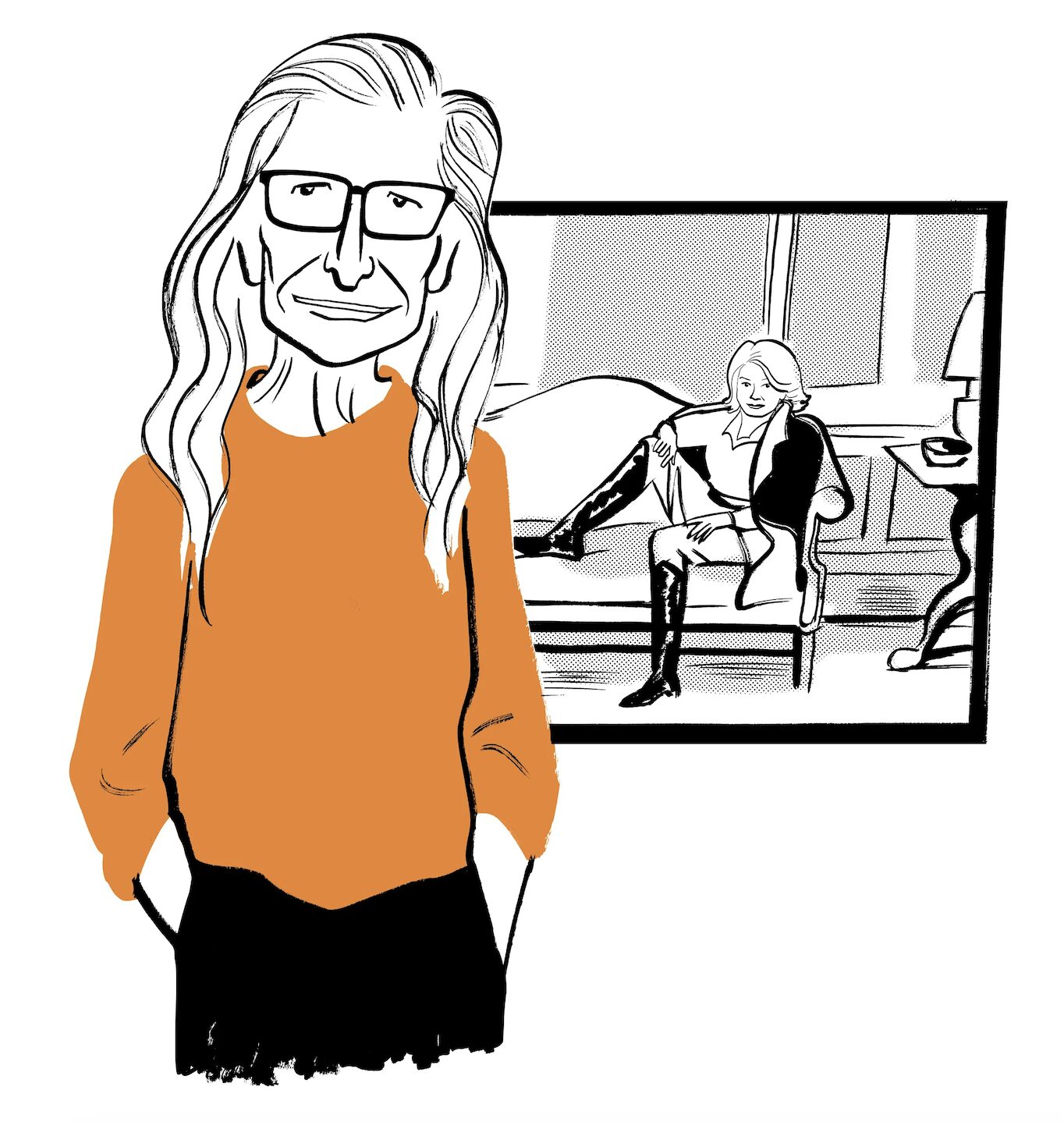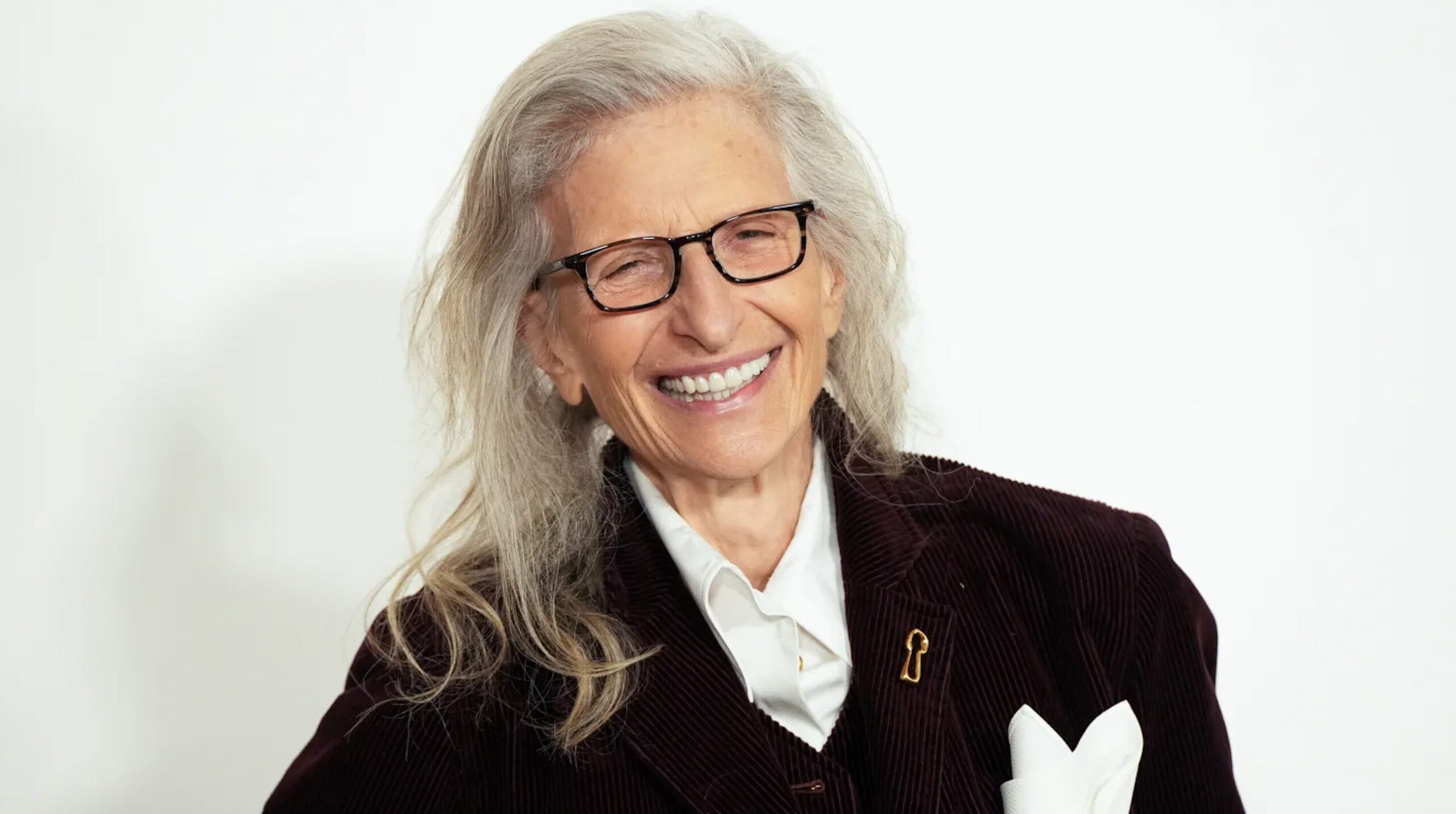
Dr. Sanjay Gupta: How Storytelling Shapes Memory
The holidays are full of stories, laughter, and maybe a little disagreement. Ever try telling a story and hear someone say, “That’s not what happened!”? There’s actually science behind it. Dr. Signy…
Thought Leader: Sanjay Gupta

